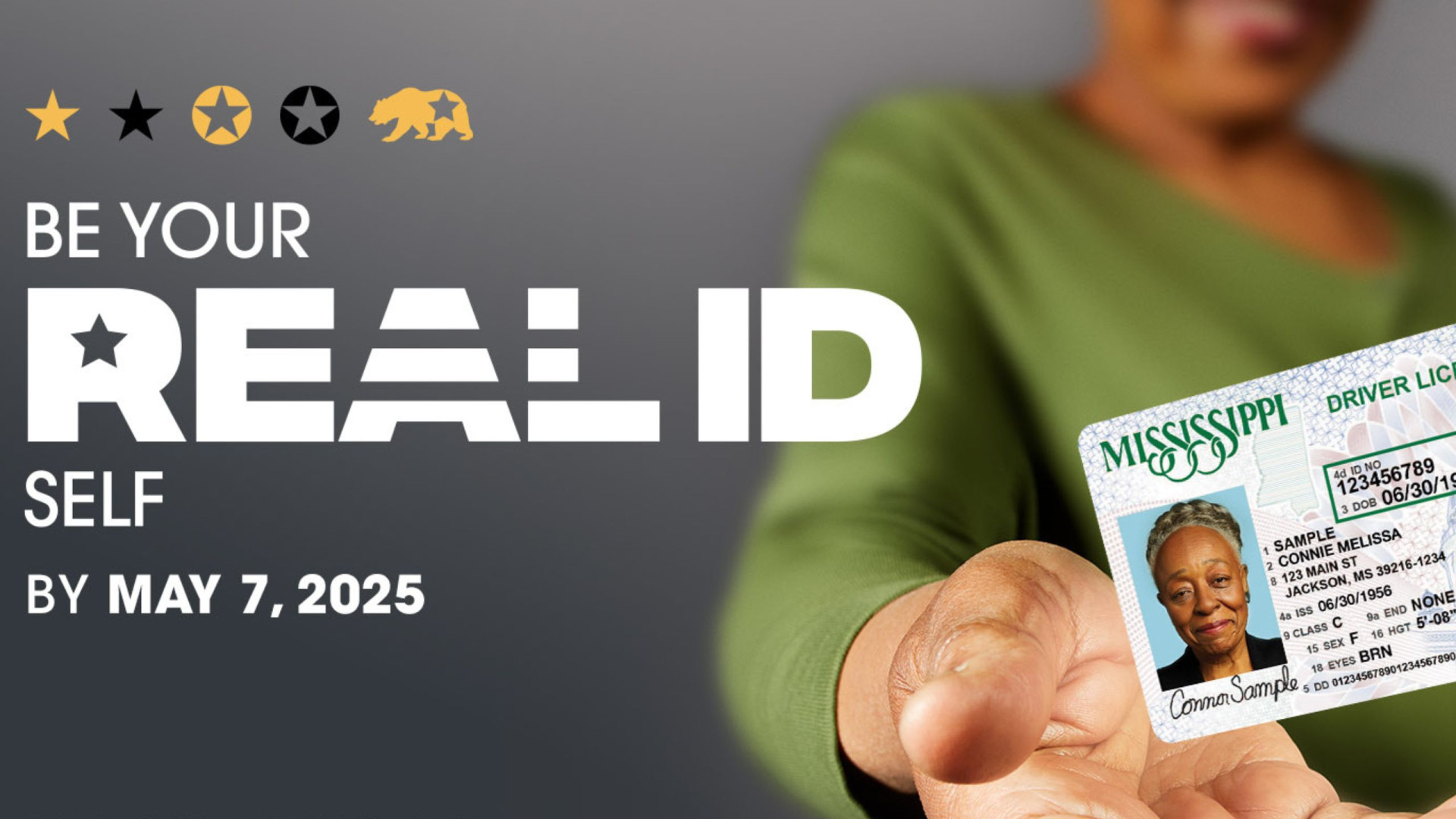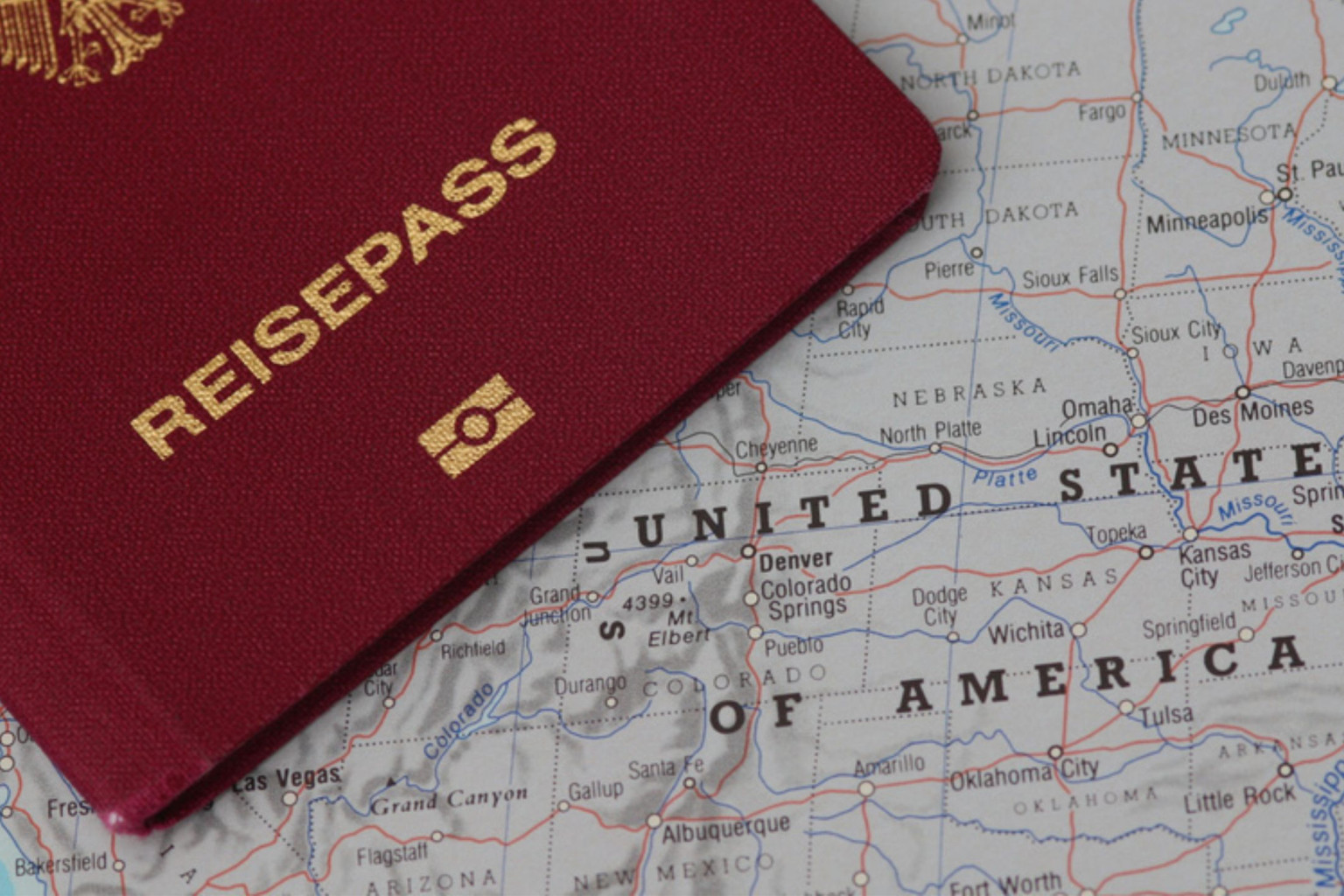Updated on 31.10.2022
After many years of preparation, the REAL ID is a standardized ID requirement for US citizens for domestic flights, among other things. How is the REAL ID different from other forms of identification?
Share article:

The REAL ID will be introduced as a mandatory identity document for many public areas in the United States on May 7, 2025. In future, US citizens will also only be able to travel on domestic flights with a REAL ID.
The REAL ID Act was passed in 2005 as part of the increased security measures in connection with the September 11 attacks. With this law, the US congress decided to standardize the issuing of ID documents for all US states - combined with general, stricter security standards.
Unlike in Germany, there is no standardized identification requirement in the US. Even when using a vehicle, there is no legal obligation to carry a driver's license.
The American driver's license is the most common proof of identity within the United States and is used by around 85% of US citizens.
There is currently no equivalent to the identity card, which is issued by many European countries. In addition to an American passport, which for the most part only people who travel internationally have, the Social Security Card can also serve as proof of identity in the US. To date, there have been no uniform security standards for issuing these identity documents.

The REAL ID will serve as national proof of identity and must be produced by a government entity in accordance with the associated security standards and include, for example, a star in the upper right-hand corner (the type of star varies by state).
There is therefore no such thing as THE REAL ID, which can be applied for as a separate document. Rather, from May 2025, ID documents that meet the REAL ID standard must be presented to enter certain US authorities or for domestic flights in the United States.
In the US, the driver's license will continue to be accepted as proof of identity, but from May 2025 at the latest, this must also meet the new REAL ID security standards.
Some US states such as Vermont, New York, Minnesota, Michigan and Washington have been producing enhanced driver's licenses for years that have been adopted as acceptable alternatives to REAL ID.
Only REAL IDs that meet this standard will allow people with US citizenship to enter certain public institutions such as US authorities or the security checkpoints at US airports.
The U.S. Department of Homeland Security has been working with all US states for over 15 years to prepare for the introduction of REAL ID standards for driver's licenses and other possible identification documents. Currently, about half of the US states meet the minimum standards.
The introduction of REAL ID was viewed with great skepticism, particularly in conservative circles. Some US states refused to implement the new security standards in the meantime. As a result, there were repeated delays, not least due to the coronavirus pandemic and for technical reasons. However, after 20 years, implementation is now set to be mandatory by May 2025.
To apply for a REAL ID, US citizens should contact their regional driver's license office (DMV), where they will receive a detailed list of the required information and documents:
Each US state may impose additional requirements (proof or information).
By the way: Foreign individuals who have certain US visas can also apply for a REAL ID-compliant driver's license.
The REAL ID establishes another security standard that uniformly specifies what driver's licenses and ID cards in the United States should look like in the future so that US citizens can continue to have access to government facilities and aircraft.
Proof with REAL ID will only be mandatory in certain public areas of the US. However, it can be assumed that other institutions will accept the REAL ID as official ID or introduce it as standard proof after its introduction.
From May 7, 2025, every air traveler over the age of 18 will therefore need a REAL ID-compliant identification document to fly within the United States. This affects not only US citizens, but also people who are in the United States with a US visa or Green Card and are traveling on a domestic flight. If they do not have a REAL ID US driver's license, they must then carry their foreign passport or Green Card as a REAL ID alternative.
The law prohibits US federal authorities from accepting identity documents from countries that do not meet these standards for official purposes.

Of course, government-issued (REAL ID compliant) US driver's licenses are just one of many forms of ID that will be accepted when entering certain US government agencies or by the Transportation Security Administration (TSA) on domestic flights in the future.
The TSA lists possible alternativeswhich include the US passport, the foreign passport or, for example, the Green Card. These documents already comply with REAL ID standards.
Date:
Wir und unsere Partner nutzen Cookies, um personenbezogene Daten wie z.B. Browsing-Daten zu speichern und abzurufen, um z.B. Inhalte und Werbung bereitzustellen und zu personalisieren sowie die Verwendung der Website zu analysieren und das Benutzererlebnis zu verbessern. Sie erfahren mehr über die Zwecke, für welche wir und unsere Partner Cookies einsetzen, wenn Sie unten auf den Button „Cookie Einstellungen“ klicken. Hier können sämtliche Einstellungen auch geändert werden. Nachträglich kann man jederzeit seine Cookie-Auswahl überdenken oder seine Einwilligung widerrufen, indem man auf den Link zu den Cookie-Einstellungen im Footer unserer Webseite klickt. Beachten Sie bitte, dass das Blockieren einiger Cookie-Typen unsere Möglichkeiten zur Bereitstellung von auf Ihre Interessen zugeschnittenen Inhalten haben kann oder einige Funktionen der Webseite nur eingeschränkt zur Verfügung stehen.
Durch klicken auf “Alle Cookies akzeptieren” stimmen Sie unserer Nutzung und der Weitergabe Ihrer Daten an unsere Partner zu.